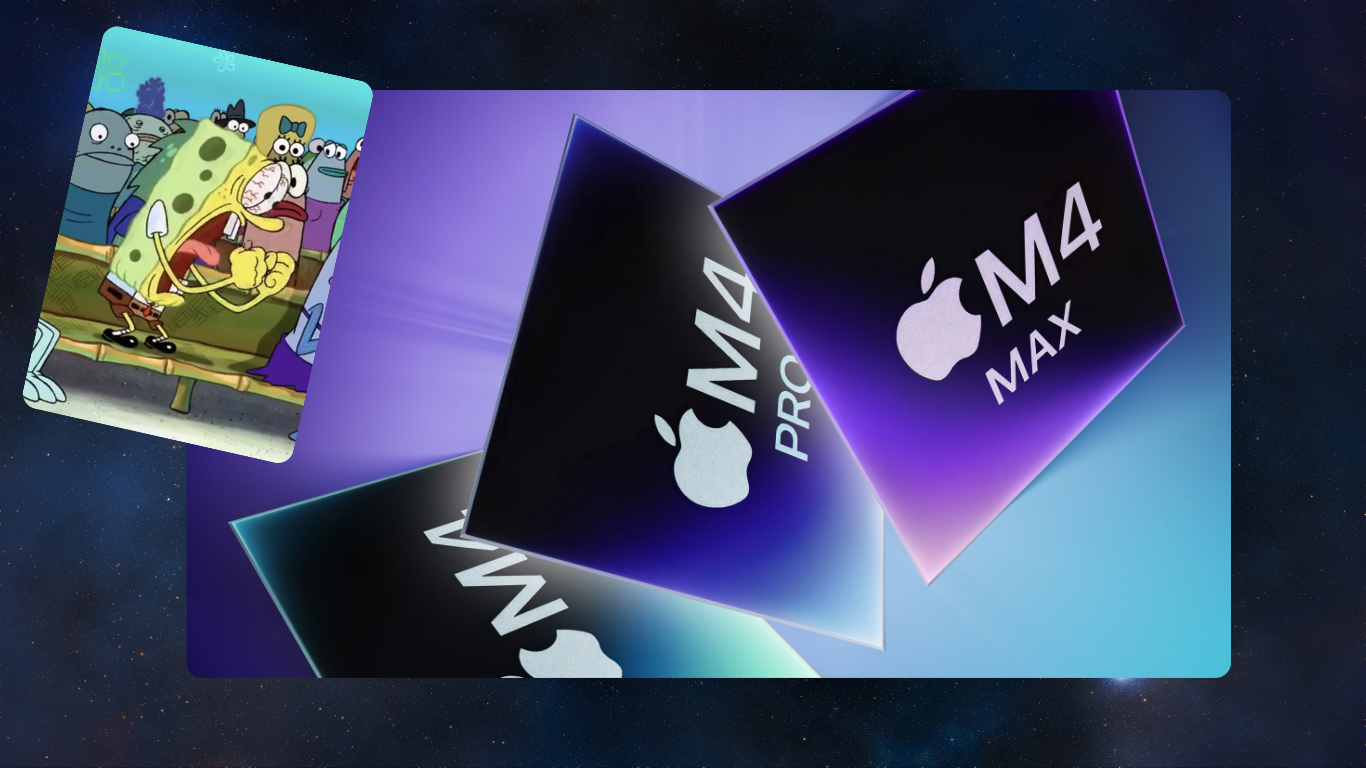Last month, Apple introduced its latest iterations of the MacBook Pro, equipped with the cutting-edge M4 Pro and M4 Max chipsets. Available in both 14-inch and 16-inch models, these laptops cater to users who demand the highest levels of performance.
However, the standard M4 MacBook Pro is aimed at a broader market. It’s priced more accessibly and offers fewer configurations and slightly less power than its higher-end counterparts.
Evaluating the MacBook Pro’s Position

Despite being tagged as “underpowered,” the M4 chipset in the standard MacBook Pro delivers robust performance metrics across processing power, battery life, and graphics capabilities. On its own, the M4 MacBook Pro offers substantial performance, though it comes with Apple’s usual premium price tag. The true value of this model may be questioned as the M4 MacBook Air, expected to release in March 2025, will offer direct competition.
Anticipated to launch alongside the next-generation iPhone SE by late Q1 2025, the M4 MacBook Air is expected to mirror the MacBook Pro in performance enhancements like increased RAM and additional ports. If these features are included, they could significantly diminish the value proposition of the MacBook Pro.
MacBook Pro vs. MacBook Air: Key Considerations
The key differentiator between the MacBook Pro and the MacBook Air might just be their cooling systems—the MacBook Air features passive cooling while the MacBook Pro utilizes a more robust active cooling system. Power users will gravitate towards the M4 Pro and M4 Max models for optimal performance, whereas the distinction between the MacBook Air and the entry-level MacBook Pro will depend more on subtle performance nuances and competitive pricing.
Apple has complicated direct product comparisons by delaying the MacBook Air, affecting consumers’ ability to make informed choices.
Revisiting Apple’s MacBook Strategy

Since the introduction of Apple Silicon with the M1 chip, the distinction between the consumer-focused MacBook Air and the Pro models has become less pronounced. The performance efficiencies of the M1, M2, and M3 chips have negated the need for stark compromises once necessary in the Intel era.
Nevertheless, Apple continues to promote the less powerful M4 MacBook Pro, presumably to attract a consumer segment not catered to by another comparable macOS-powered laptop.
Critical View on MacBook Pro’s Marketing
The M4 MacBook Pro, though less potent than the M4 Pro and M4 Max versions, remains a focal point of Apple’s marketing strategy. The phrase “Apple Intelligence” embellishes the branding but often denotes mere incremental improvements rather than substantial innovations.
In conclusion, the M4 MacBook Pro is a competent machine, but Apple offers more powerful and more cost-effective options that will soon hit the market, presenting a complex decision-making landscape for prospective buyers.

Subtly charming pop culture geek. Amateur analyst. Freelance tv buff. Coffee lover
